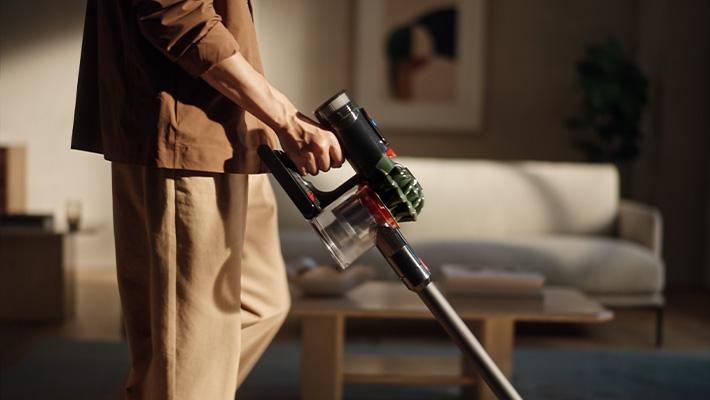Topical flea treatments wash off into household drains or outdoor water bodies, harming wildlife.
getty
If you have any itchy dog or cat, you may reach for familiar topical flea treatments like Frontline, Advantage, or PetArmor. These products promise pets fast, easy protection from fleas and ticks. Unfortunately, this convenience comes at a hidden environmental cost.
Two pesticides, fipronil and imidacloprid, are typically the active ingredients in topical treatments. These same compounds were banned from agricultural use in parts of Europe and California because they are so harmful to bees and other pollinators. Yet we’re still smearing these pesticides on our pets, and they are showing up in rivers and streams across the country.
Flea-Killing Chemicals End Up In Waterways
Topical flea treatments are designed to stay on a pet’s skin and fur, but that also means they can easily wash off into household drains or outdoor water bodies. Earlier this year, a study from the University of Sussex found that dogs can continue shedding fipronil into the environment for up to 28 days after a single treatment. They further found that a single treated dog swimming in a small pond raised pesticide concentrations above safety thresholds.
Pet swimming isn’t the only concern. In fact, the primary route of contamination appears to be everyday activities like washing hands after applying the product, bathing pets, and laundering pet bedding. These actions send pesticide-laced water into treatment plants that are not designed to remove such compounds.
One study from the California Environmental Protection Agency found fipronil in wash water from dogs treated weeks earlier. Regardless of their filtration technology, conventional wastewater treatment facilities allow these chemicals to pass through, discharging them directly into rivers, bays, and oceans.
Wildlife Is Paying the Price For Pets’ Fleas
Fipronil and imidacloprid are extremely toxic to aquatic invertebrates. In some cases, exposure to even tiny amounts can kill freshwater shrimp and insect larvae or impair their ability to survive and reproduce.
A study by the San Francisco Estuary Institute (SFEI) found fipronil in all tested sewage treatment plants at concentrations above the U.S. Environmental Protection Agency’s recommended limit for aquatic ecosystems. Imidacloprid was also found at levels between 84 and 305 parts per trillion, well above the limit of 10 parts per trillion. Water and sediment samples from San Francisco Bay show pesticide levels near or above toxicity thresholds for invertebrates. According to Dr. Rebecca Sutton of SFEI, “that’s the base of our food web. So, if those critters experience impacts, it could go up and harm our fish and our wildlife.”
The contamination doesn’t stop with water. Another study led by the University of Sussex found fipronil in every single bird nest examined. Imidacloprid and permethrin were found in 89 percent. Birds often use pet fur to line their nests, exposing their eggs and chicks to these neurotoxins. The researchers linked this exposure to lower hatching success and higher chick mortality rates.
Safer Flea Solutions Are Already Available
Veterinarians increasingly recommend oral flea and tick medications, which are safer for the environment. These treatments are metabolized internally, meaning there is no pesticide residue left on pet fur to wash off into water systems.
Some options include:
- NexGard (afoxolaner), the only FDA-approved oral treatment that prevents Lyme disease by killing ticks before transmission.
- Simparica Trio, which protects against fleas, ticks, heartworms, and intestinal parasites.
- Credelio (lotilaner), has fast-acting, month-long protection.
- Bravecto, offers up to 12 weeks of protection.
- Bravecto Quantum, a new injection that provides year-long protection with a single dose.
If you must use topicals, avoid unnecessary treatments and consider seasonal use instead of year-round application. You can ask your vet about the monthly topical Revolution or the quarterly topical Bravecto. You should also keep treated pets out of natural water sources for at least 28 days after topical application.
To reduce the risk of fleas in the first place, you can vacuum your home and your pet’s bedding often (and empty the bag). See more tips for pet owners and veterinarians about chewable flea and tick medications from San Francisco Bay Area wastewater agencies.
Flea Treatment Market Is Ripe For Innovation
Though safer options exist, companies should innovate to find more solutions that protect our pets without polluting the planet. The flea and tick treatment market is valued at 9.7 billion dollars globally in 2024 and is projected to grow to 14.8 billion by 2034. For companies willing to act, this presents a strategic advantage. Brands that lead on safety, sustainability, and transparency will be well positioned as consumer awareness catches up with the science.
The health of our pets and the health of our planet are linked, and both deserve better.









